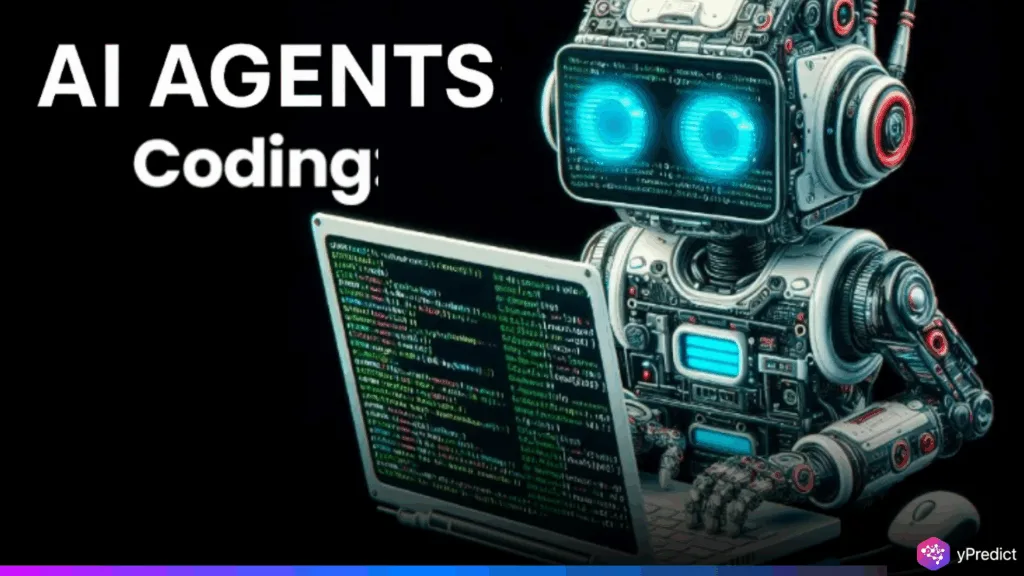
AI coding agents are quickly becoming the go-to solution for handling tedious programming tasks, from debugging to documentation. Tech giants like Microsoft and OpenAI are now releasing tools that promise to automate much of the “grunt work” in software development. But while these tools may streamline workflows, they also introduce new concerns about reliability, job security, and long-term impact on the tech industry.
Microsoft and OpenAI Lead the Charge in Developer Automation
On Monday, Microsoft unveiled a new AI agent for GitHub Copilot that can perform “low-to-medium complexity tasks” in stable codebases. These include feature additions, bug fixes, code refactoring, test extensions, and documentation improvements. Interestingly, Microsoft’s agent is powered not by OpenAI’s Codex but by Anthropic’s Claude 3.7 Sonnet, marking a shift in partnership strategy.
This move follows OpenAI’s announcement last Friday of a Codex “research preview” capable of handling multiple tasks simultaneously. Both tools are part of a larger wave of developer automation, aimed at letting human engineers focus on higher-level problem-solving.
AI Now Writes 30% of Code—But at What Cost?
Microsoft and Google both claim that roughly 30% of the code they produce is now AI-written code. These tools are increasingly being integrated into the software development pipeline. They promise efficiency, but they also hallucinate—generating plausible-sounding but faulty code.
Unlike traditional writing, code at least offers an immediate test: it either runs or fails. However, the deeper challenge is that AI-generated code may hide future errors that are only revealed under complex user conditions or long-term use. This raises concerns about the maintainability and safety of software built with heavy AI assistance.
Developers Shift Toward ‘Vibe Coding’ and Creative Prototyping
As coding agents shoulder routine tasks, developers are moving toward “vibe coding”—a style of creative experimentation that uses AI to rapidly prototype solutions. Instead of meticulously planning every line, engineers can now throw prompts at a model to see what works and iterate quickly.
This shift frees developers from mundane chores but demands new skills in prompt engineering and rapid validation. The most successful developers will be those who can blend human intuition with machine output to build user-focused products.
The Human Element Still Matters in AI-Powered Development
While AI coding agents promise to revolutionize how software is built, they won’t solve the hardest problems: understanding human needs and translating them into functional, user-friendly code. Most software issues stem not from bugs but from poorly defined requirements and misread intentions.
The bottom line? Developers who can bridge the gap between human desire and machine execution will continue to thrive—even as AI becomes a co-pilot in every IDE.






